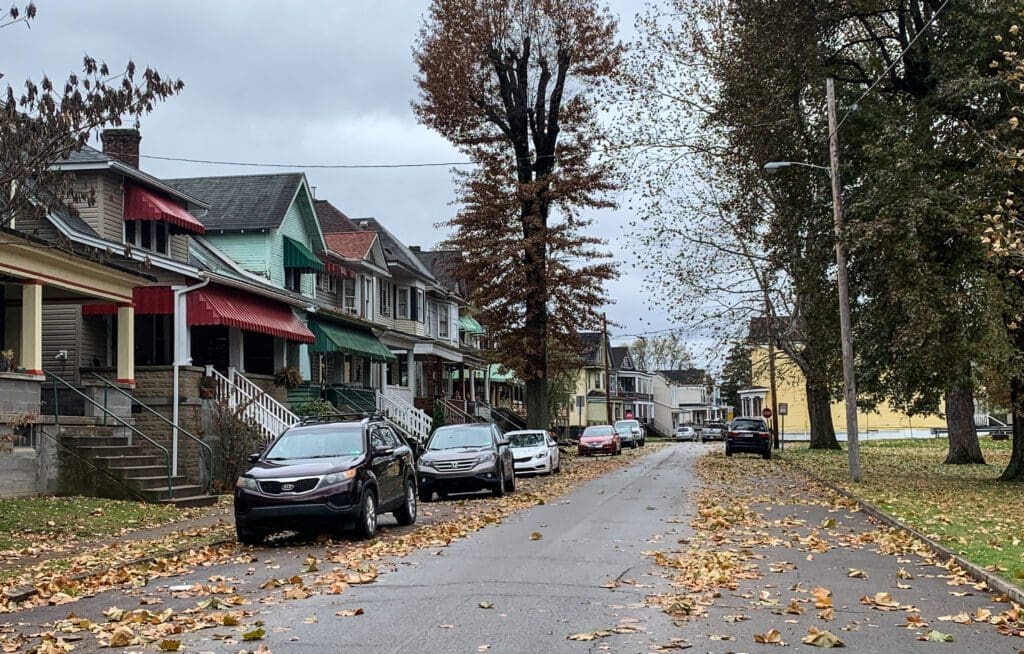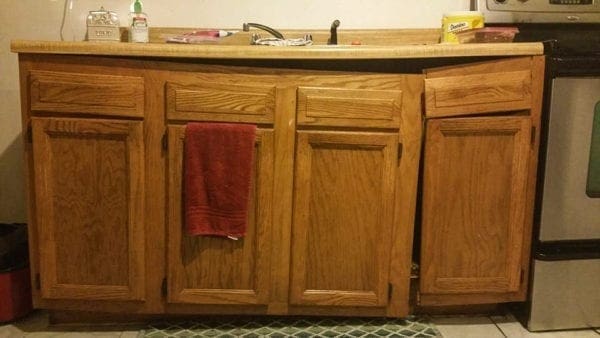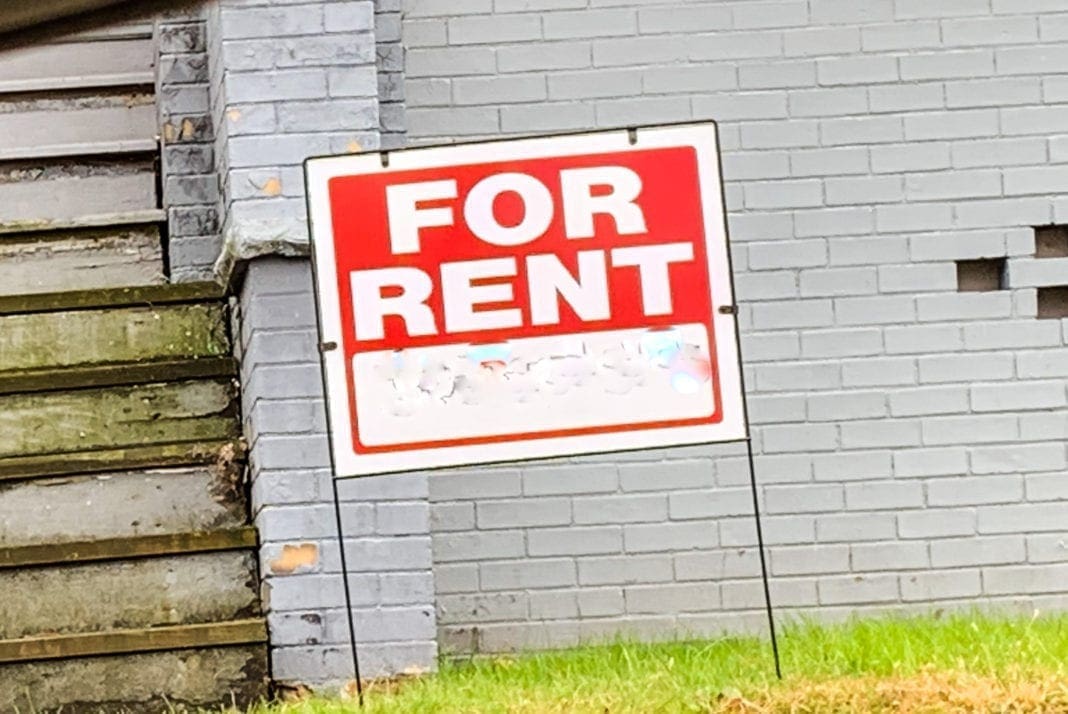If you’ve been on the hunt for a new place to live in the Ohio Valley, you have most likely made the following observations/discoveries:
- Housing around here is expensive;
- Housing in the valley region is in heavy demand and;
- There are a lot of places for rent that should not be.
It’s true; the days of finding a one-bedroom apartment for $350 a month with garbage and water included are long gone. You can blame the oil and gas workers or you can blame the greed of landlords who want to make more profit from the properties. Regardless of the direction in which you point your finger, the reality remains: We need housing in this valley, and we needed it yesterday.
“But what about the new apartments that were built downtown? Doesn’t that count as new housing? Won’t it help?”
Yes and no.

Yes, those new apartments in the old Stone & Thomas building (sorry, that’s what it will ALWAYS be to me), as well as the Boury Lofts do add housing to downtown Wheeling. But at an average rent of a thousand per month, they aren’t affordable for the average Ohio Valley resident. Recently I wrote about how many jobs a person making minimum wage needed to rent an apartment. These new places would definitely require minimum wage workers to put in some serious hours.
Let’s say you’re a stylist at one of the salons in the area. Let’s say you’ve got a pretty big clientele and they love you, so they tip well. Between your hourly wage of $11 an hour and tips, you make $2,000 a month, $1,500 after taxes. Considering many people in this area make minimum wage or just above it, this is good money for this area.
Until, that is, you try to rent an apartment or a house. Most landlords who screen prefer their tenant’s rent not be more than 30 percent of their gross income. (Side Note: I’m using take-home income instead of gross income. It makes no sense to me to use an income amount that is several hundred less than what you’ll actually have available to determine what you can actually afford.)
Using the math from above, 30 percent of $1,500 is $450. In other words, a little over one-third a place in the Stone building or Boury Lofts costs. So those places are off the table as far as housing options are concerned for the stylist and others like her.

So, then you take a look at the rentals listed in the local paper and online. You find a couple that sound promising, so you call the number listed. The voicemail is full. It tells you to call back at a later time. So, you do. Several times more over the span of several days. If you’re lucky, you’ll finally reach a person and if you’re really lucky, they’ll let you come see the place a week from Wednesday.
You see, this is one of the decent housing options in the Ohio Valley and therefore there is a lot of demand to see it. Seriously, if you are the landlord of a decent, affordable place in the Upper Ohio Valley, you have your choice of tenants. Although this housing does exist, it’s in high demand and some locations have waiting lists.
So, you can’t afford the luxury apartments and all the mid-range housing has been snapped up. What other options do you have? Well, you can look into buying a home or you can rent a less-desirable location. Buying a home might be an option you haven’t considered, and there are programs that can help you with the process.
However, some people either don’t think buying a home is an option, or they don’t want to own one for some reason or another. This leads to renting housing that is subpar. Maybe while looking at the place, the landlord points out issues, but quickly adds, “But we can take care of that, no problem.”

Some of the issues (think water stains on ceilings, sagging floors, questionable-looking appliances, windows that won’t open) would normally result in your saying “Nope!” and walking away. But this is the valley. Decent housing is scarce, and the landlord has said several times that he’ll fix any issues you have.
And even though in the back of your mind you’re thinking, “Well if he knows these things need to be fixed, why didn’t he fix them before he started showing the property?”
But, unfortunately, your immediate need for a roof over your head trumps everything and you end up signing on the dotted line. So, now you’re paying rent to live in housing that is just this side of habitable, and your landlord is taking his sweet time fixing things.
And the sad thing? You’re still one of the lucky ones. Because, as bad as your living conditions might be, there are people paying rent and living in conditions way worse than yours.
Seriously.

Cindy Marie is the owner of the Facebook page Landlord or Slumlord in the Ohio Valley. The page is dedicated to helping people avoid renting substandard housing and providing assistance to those who already do. (Full disclosure – I am one of the moderators of the site.) And the posts on the site are not just rumors or cases of he said/she said complaints. In order for a post to be approved on the site, the person posting a complaint must provide photos of the issues and disclose the landlord’s name and general location of the property to either Cindy or one of the moderators. Currently, the page has over 5,000 members and a list of complaints that takes up several three-ring binders.
The page has received reports of houses with caved in ceilings, mold on walls, raw sewage leaking into basements, sagging floors, rotting porches, and a host of other issues that if the health department or code enforcement were to inspect would deem the properties inhabitable. And yet, people are living in these properties and paying rent, in some cases over a $1,000. Here are a few photos from the page’s database. And believe me, these are some of the tamer photos.
Along with the property photos, the Landlord or Slumlord in the Ohio Valley page also has a database of both decent landlords and less-than-stellar landlords, aka slumlords. The database is updated after each submission is verified.
So why would people tolerate such an environment? For some, the damage occurred after they moved in, but now the landlord refuses to do needed repairs. In other cases, fresh coats of paint and other cosmetic “fixes” hide some of the damage just long enough for new tenants to move in. This is why Cindy Marie offers the following advice:
- “I tell tenants to look at the place like they are buying it. Inspect the ceiling, look under sinks for water damage. And if they have to clean the place before they move in, run and don’t rent it.”
A landlord who has nothing to hide will not mind a potential tenant doing a thorough inspection of the property. If the person showing the property seems nervous about you poking around, they could be trying to hide something. You really don’t want to find out the secret after you’ve forked over the cash and moved in.
The city of Wheeling is considering a rental property registration ordinance that would require owners to keep their properties in decent condition or face fines, and the idea has been met with both support and push-back. Those who support it believe it will lead to properties being taken care of, while those who oppose the ordinance believe it’s just a money grab for the city that will only result in higher rents for a population that’s already scrambling to find housing.








